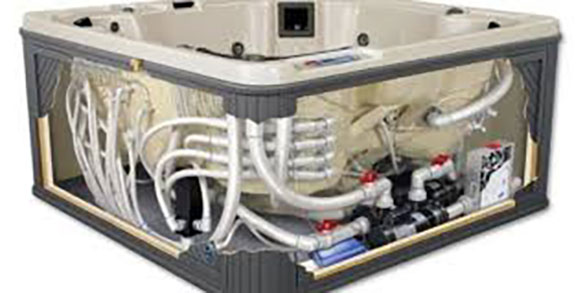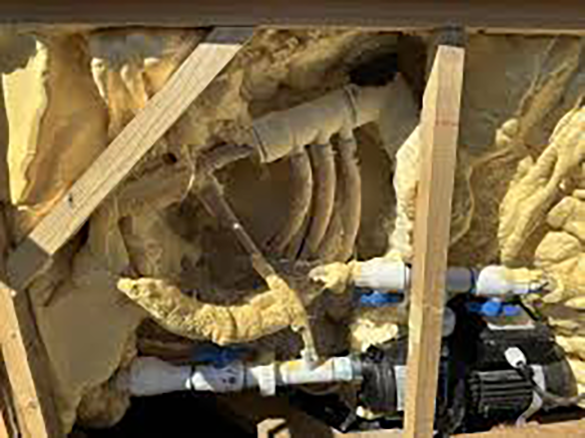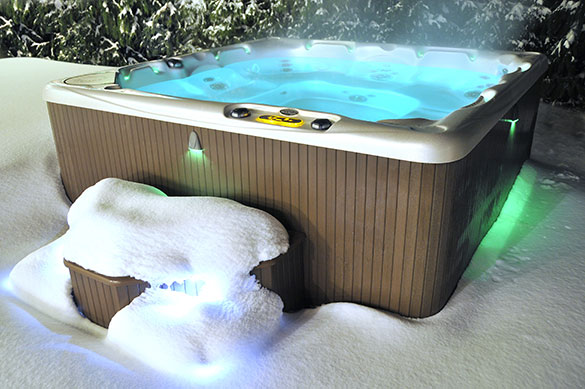Do hot tubs use a lot of energy?

Hot tubs can use a significant amount of energy, primarily due to the electricity needed to heat the water and power the jets and pumps.
However, the exact amount of energy they use can vary widely based on several factors:
1. Heater Usage:
The heater is the largest energy consumer in a hot tub.
Maintaining the desired water temperature, especially in colder climates, requires a substantial amount of energy.




2. Pump and Jets:
The pumps that circulate the water and operate the jets also consume energy, though typically less than the heater.
However, most modern hot tubs often have energy-efficient pumps, heaters, and insulation, which can help reduce energy consumption.
3. Size and Volume:
Larger hot tubs with more water require more energy to heat and circulate than smaller ones.




4. Outdoor vs. Indoor Use:
Outdoor hot tubs can lose more heat, especially in cold weather, increasing energy consumption.
Indoor hot tubs generally require less energy because they're better protected from the elements.
5. Insulation:
Good insulation helps retain heat, reducing the energy needed for heating.
A poorly insulated hot tub will lose heat quickly, leading to higher energy use.




6. Usage Patterns:
Frequent use, or continuously keeping a hot tub at a high temperature, will increase energy consumption.
7. Ambient Temperature:
In colder climates, more energy is needed to maintain the desired temperature, particularly in outdoor installations.




8. Cover Quality:
A high-quality, well-fitting cover can significantly reduce heat loss, helping to lower energy usage.
Overall, while hot tubs tend to use a notable amount of energy, various factors can influence exactly how much. Using an energy-efficient (well insulated) hot tub and maintaining it properly (with advanced circulation, purification and filtration systems), and ensuring that you have a good cover, can help minimise energy costs.
Additionally, checking to see if the control panel has specific energy-saving modes or settings can also help in managing energy usage more effectively.





